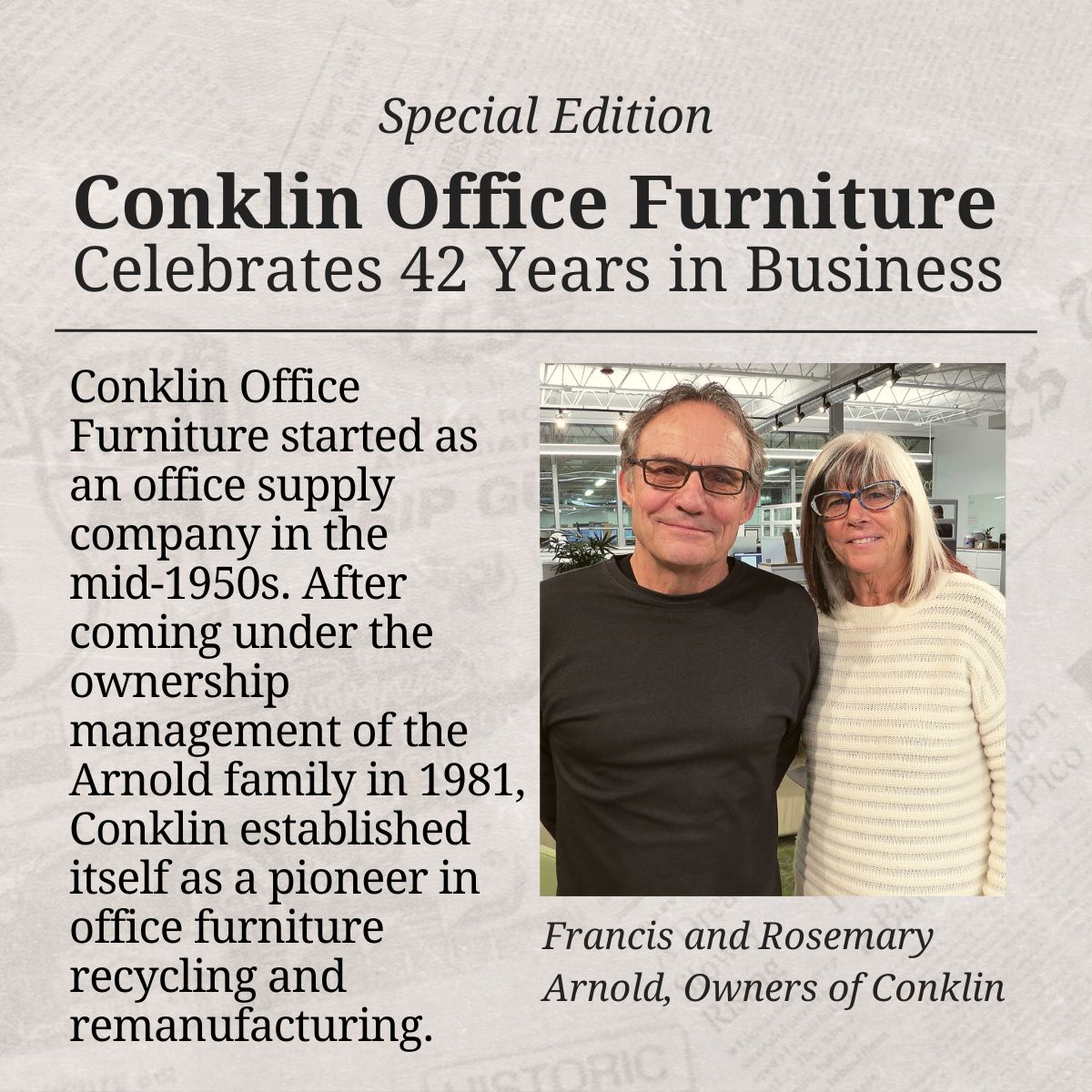The Circular Economy, Explained
The current global economy is vastly linear. We take finite materials and resources from our planet, use them to make products and goods, and eventually, they become waste. In a circular economy, by contrast, we stop waste from being produced in the first place. So what exactly is the circular economy, and why should we strive to achieve it? Let’s dive in:

WHAT IS IT?
The circular economy is an economic framework designed to create a completely sustainable, closed-loop economy that supports the globe for years and years to come. A circular economy employs methods of reuse, repair, refurbishment, remanufacturing, and recycling to create the closed-loop system. These methods minimize the use of resource inputs and the creation of waste, pollution, and carbon emissions. The circular economy aims to keep products, materials, equipment, and infrastructure in use for longer, thus improving the productivity of these resources. Waste materials and energy should become input for other processes through valorization.
WHY IS IT IMPORTANT?
According to the Ellen Macarthur Foundation, the circular economy is essential to tackling “global challenges like climate change, biodiversity loss, waste, and pollution.” A linear economy assumes there is an endless supply of natural resources. But as we know, this just isn’t the case. Non-renewable fuels negatively affect our climate through excessive greenhouse gas emissions. Non-biodegradable waste end up in landfills and the ocean, hurting wildlife and vegetation while polluting our natural resources. A circular economy emits less greenhouse gases, our soil, air and water remain vital, and nature reserves are preserved.
The circular economy is becoming increasingly more prevalent in our legislation too. As defined by the Save Our Seas 2.0 Act, the circular economy is one that “that uses a systems-focused approach and involves industrial processes and economic activities that are restorative or regenerative by design, enable resources used in such processes and activities to maintain their highest value for as long as possible, and aim for the elimination of waste through the superior design of materials, products, and systems (including business models).” Passed by the U.S Congress in December 2020, the Save our Seas (SOS) 2.0 Act is the most comprehensive piece of legislation Congress has ever passed to address the plastic debris crisis threatening coastal ecosystems and harming marine life.
HOW DO WE PLAY OUR PART?
At Conklin, we reinvigorate and repurpose pre-owned office furniture through sustainable processes. After buying up liquidated furniture from offices across the country, our refurbishing workshops give your furniture a complete makeover using circular processes. We’re equipped to professionally touch up surfaces, remove stains, buff out scratches, and smooth out dents so these products are given a second life.
Some of Conklin’s sustainable solutions include:
- Continuous options for reuse of office furniture, parts, and materials
- Top grade fabrics for re-upholstering chairs and panels, made from 100% post-consumer materials
- A variety of work surfaces fabricated from recycled content
- Long-lasting powder coating that reduces air pollutants and waste without compromising quality.
- 300k square feet of office, manufacturing, and warehouse space that houses 2,600 solar panels and generates nearly 900KWh of clean electricity every year.
We’ve established ourselves as one of the nation’s pioneers in office furniture recycling and refurbishing. For over 40 years, we’ve worked to enable a circular economy where no material is left unaccounted for, all energy consumption is balanced, and all carbon emissions are offset. When you consider our Eco-reconditioned and Eco-remanufactured options, you help prevent resources from going to the landfill. Together, we can ensure a sustainable economy and planet for years to come.



